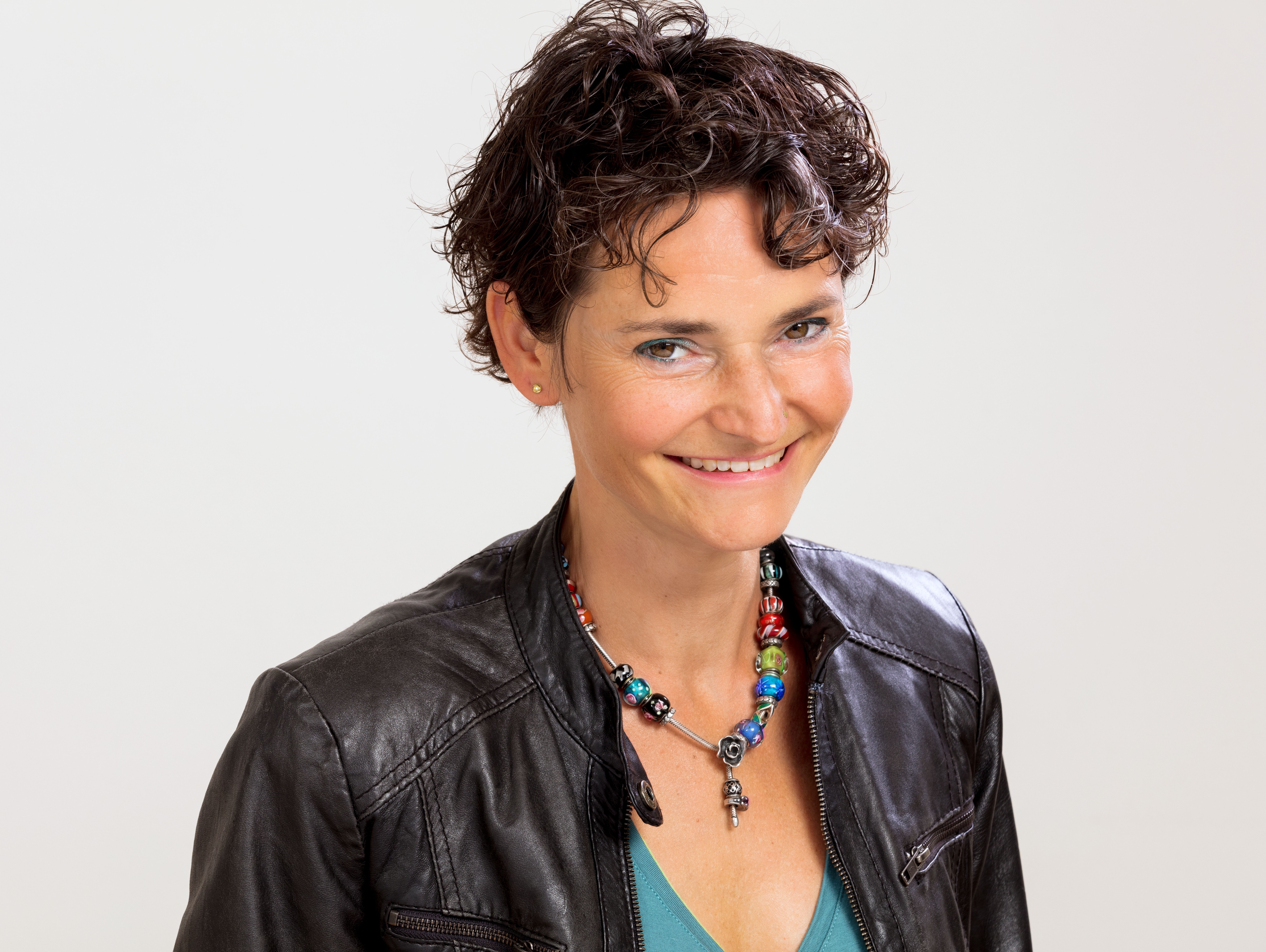
Packaging's great. You can set up (allergen) information, ensure food safety, seduce consumers with attractive shapes and colours, and keep cookies, soup and tomatoes together during necessary transport.
But once the packaging has completed its function, it's waste. Excuse me. In our circular economy, there is no waste, but there is raw material for new products. In order to make them, clean waste streams are a requirement. So a discussion about packaging soon turns to waste separation and recycling.
Separating waste properly is not easy. Most people do their best, but we are not packaging experts. Glass has to be in the bottle bank. But can the lids stay on the jars? Paper goes in the paper bin. But not everything that looks like paper actually is. Besides, not all the paper is allowed in the container: "Mom, why are you taking the pizza box out of the container? You put it in yesterday too!" Answer: "Right, but that was the repackaging of a frozen pizza. It was clean and dry. In this box there are some leftovers and grease stains. Then it shouldn't..." (yes, indeed, to avoid critical comments; we ate ready-made pizza for just two days in a row. That happens sometimes in a busy family). Receipts, used tissues, baking paper and the back of sticker sheets; it's all not allowed in the paper bin. Not to mention PMD. The fact that municipalities throughout the Netherlands do things differently makes it even more complicated.
"A packaging in the waste situation causes annoyance", says Chris Bruijnes of KIDV during the round table discussion. That is true. Unfortunately, this annoyance sometimes occurs even before the waste situation. And that's a pity, a missed opportunity. I did a small survey into packaging annoyances. On 3: excessive material reduction, as a result of which the packaging no longer has any solidity. On 2: resealable packaging that is not resealable. And 1: packaging that cannot be opened without tools or violence ('open here': and then the tab doesn't work, or it can't be found. Anyway all blister packs, especially those of scissors).
It would be nice if packaging could always be amazing: from the beginning all the way through to the end of the cycle. And from that end back to a new beginning.
Judith Witte
Source: © Vakblad Voedingsindustrie 2020